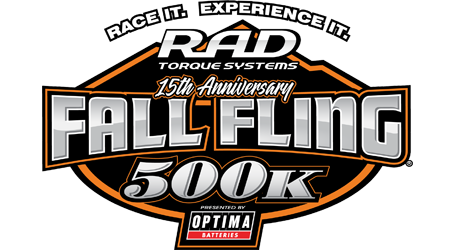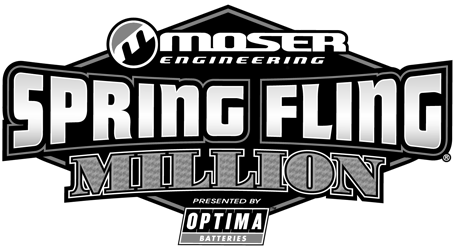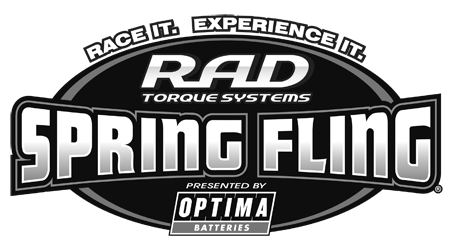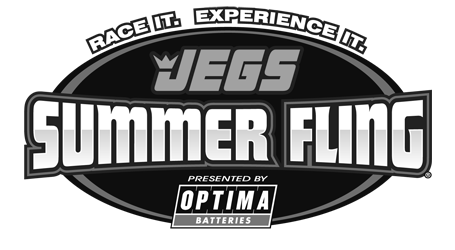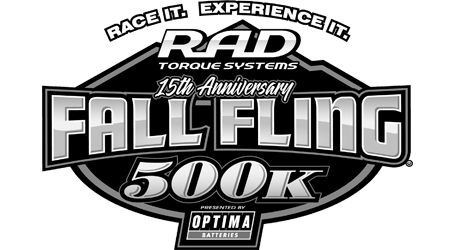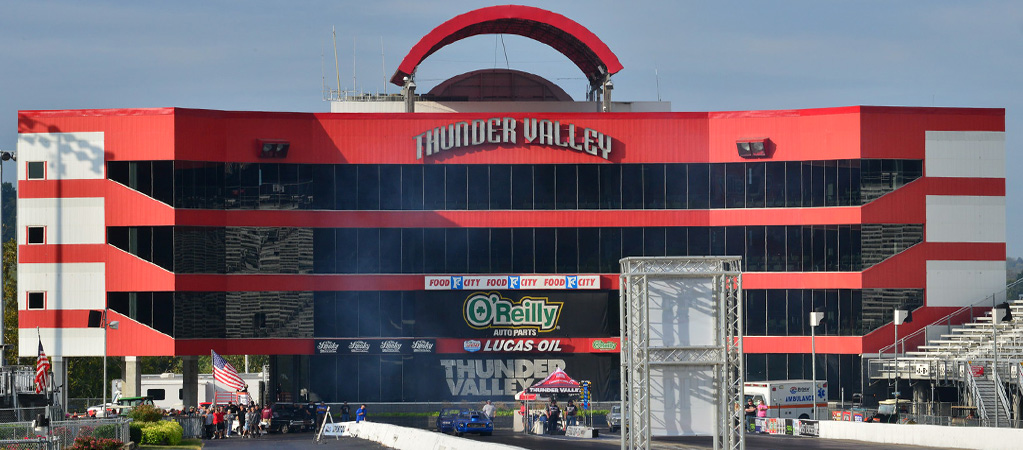
BRISTOL DRAGWAY Bristol International Dragway (as it was known then) opened in 1965 under National Hot Rod Association sanction. At the time it was considered a state of the art super dragway, the best in the country.
Larry Carrier, Carl Moore and Hal Hamrick built the dragstrip at a cost of approximately $1 million. The facility included a crossover bridge for spectators, a four-story tower which housed offices, suites, the timing tower and media accommodations second to none.
Bristol Dragway's elevation was 1,445. The facility seated 15,000 and featured raised seating, which gave spectators a great view all the way down the quarter-mile strip. The facility was housed on 500 acres of land in a picturesque valley in which a 60-foot wide strip, one mile long was cut for racing.
There also was a 20-foot wide return road. The very first Top Fuel Dragster winner at the Spring Nationals, held June 3-7, 1965, was Michigan's Maynard Rupp. His elapsed time was 7.59 seconds at 203.160 mph. The Spring Nationals, the first major NHRA event east of the Mississippi, was broadcast live by WJCW in Johnson City, a significant event since live drag racing didn't usually show up on the radio.Because the dragstrip sat between two mountains the acoustics were such that the strip earned the name "Thunder Valley" because of the thundering noise cars made when they traveled down the strip. NHRA left Bristol after the 1967 Spring Nationals and from 1968 to 1970 the American Hot Rod Association sanctioned the Spring Nationals.
In 1971 Larry Carrier started the International Hot Rod Association, which ran at BID until 1998. Bristol remained the flagship of the IHRA until Carrier sold to Billy Meyer in fall of 1987 and he moved it to Waco, Texas. Meyer sold IHRA in the winter of 1989 to Jim Ruth and Ted Jones and they moved it back to Bristol in 1989. Ruth died in 1990 and his sons, Duane and Rick, inherited it. In 1993 they sold it to a group of businessmen but retained ownership of dragstrip.
In 1997 Bill Bader purchased IHRA and moved the headquarters to Norwalk. In 1996 Bruton Smith, who also had purchased Bristol Motor Speedway, bought Bristol International Dragway from the Ruth brothers and renamed it Bristol Dragway.
The first 300-mph pass down Bristol Dragway came in 1997 by Doug Herbert at the Spring Nationals. In the same qualifying round Shirley Muldowney set the record of 302 mph. After the 1997 season Bristol Dragway closed and work began on a new $18 million facility, a track now considered the new standard for NHRA venues.
Bristol Dragway's professional pit area easily accommodates 100 cars and transporters while the sportsman area can accommodate up to 500 cars. Bristol Dragway's elevation is 1,475 and features a 3,800-foot dragway (700 feet of concrete), control tower, grandstand, pit area and support buildings.
Nearly one million cubic yards of earth was moved in order to create more pit area and better grandstand area. More than 15,000 cubic yards of concrete helped form Bristol Dragway, including retaining walls that run the length of the dragway. More than 20 miles of cable for power, communication and scoring are buried to preserve the beauty of the setting. A $500,000 Musco sports lighting system was installed.
Among the many safety features, the dragway's elevation at the top end is 72 feet higher than at the start, to help slow cars after they pass through the lights. The four-story control tower features 21 luxury suites, a state-of-the-art control room, conference room, elevators and an awning-covered observation deck available to almost 800 occupants. Trackside glass design uses a "curtain wall glass system" which offers no visual obstructions from one end of the building to the other. Bristol Dragway features two pedestrian tunnels from grandstands to pits.
Bristol Dragway hosted the NHRA's inaugural Winston Showdown in 1999, pitting Top Fuel dragsters against Funny Cars for the first time. John Force was the first winner of the event, besting Bob Vandergriff with a 5.470, 262.18 mph effort after smoking his tires.
After hosting the Winston Showdown in 1999 and 2000, Bristol Dragway hosted its first NHRA points race since the 1967 season with the 2001 O'Reilly Auto Parts NHRA Thunder Valley Nationals.
At the close of the 2004 season, dragway officials began work on additional seating and suites. A new Terrace section, with nearly 3,500 seats, was added above the existing grandstand. The Terrace section was topped by corporate suites and the Thunder Valley Club doubled in size from 500 to 1,000. The construction resulted in nearly 5,000 news seats, available for the 2005 O'Reilly NHRA Thunder Valley Nationals.
After hosting its annual NHRA event during the early spring months of April and May for several years, the 2010 edition of the NHRA Thunder Valley Nationals moved to mid-June on the season schedule.
| Length: | 3,800ft |
| Width: | 60ft |
| Shutdown Length: | 2,375ft |
| Incline: | 1% to 4% in shutdown |
| Track Direction: | Southwest to Northwest |
| Elevation: | 1,475 Feet above sea level |
| Lighting: | Musco |
